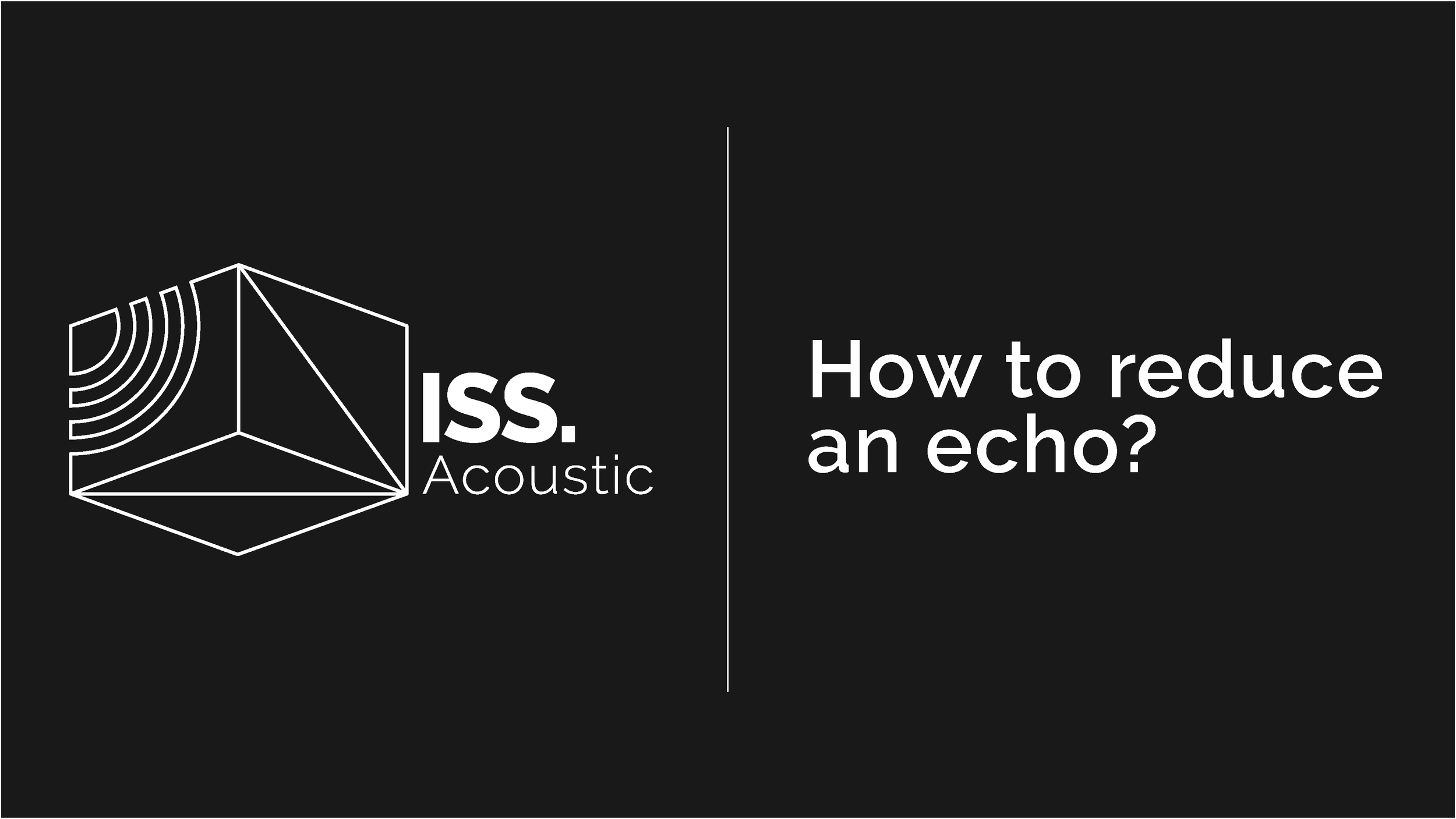How to reduce an echo?
How to reduce an echo?
The Problem
We all love an echo for the first 30 seconds, but how do we go about silencing it afterward? Whether it's a wanted one shouting down a hotel hallway, creating an amusing sound, or an unwanted one disrupting our peace, echoes are experiences we've all had. So, what is an echo?
An echo is a reflection of sound that arrives at the listener's ears after bouncing off a surface or surfaces. It occurs when sound waves travel through the air, encounter a solid object like a wall or building, and then bounce back towards the listener. The delay between the original sound and its reflected version is what we perceive as an echo.
Highlighting the importance of echo reduction is crucial for better acoustics and a more comfortable environment.
Assessing Your Space
Without fancy technology, when trying to access an echo within your space, you'll have to trust your ears while assessing your space. Identify areas where echoes are more pronounced by clapping in corners and around the room. Room size plays a major role; larger linear rooms are more prone to echoes due to sound dispersing in multiple directions.
Acoustic Panels and Soundproofing Materials
One of the most effective ways to control and balance sound within a room is by using acoustic panels. These specially designed features made of high-quality sound-absorbing materials reduce the reflection of sound waves in a room. They come in various sizes, colours, and materials to suit specific requirements.
Popular types of panels for diffusing and reflecting sound include:
- Absorbing Panels
- Diffuser Panels
- Fabric Wall Coverings
- Baffles & Acoustic Clouds
- Foam or Fabric Panels
- Fret Panels
- Timber Acoustic Panels
DIY ways to reduce an echo
While acoustic panels provide a professional and visually pleasing effect, there are cost-effective ways to dampen sound within your space. Using absorbing materials and soft fabrics enhances both acoustics and aesthetics. Consider furniture placement, ensuring it breaks up sound with barriers and absorbs noise. Explore furniture that deflects and absorbs at different heights to achieve a balanced room. DIY Examples of furnitutre and fabric to help reduce an echo include:
- Wall Hangings
- Rugs
- Upholstered Furniture (Sofas, Chairs, Ottomans)
- Curtains or Drapes
- Soft Cushions and Pillows
- Plush or Shaggy Rugs
Combine soft furnishings with strategic placement of items and furniture at different levels to diffuse sound around the room effectively. In summary, reducing hard, reflective surfaces and introducing soft, absorptive materials, along with furniture barriers, can significantly minimise echoes and create a more comfortable and acoustically balanced environment.
If you find it overwhelming to address sound issues on your own, ISS Acoustic is here to help. With over 10 years of experience in dealing with sound issues and applying the right acoustic systems to projects, we offer professional knowledge through initial assessments and customised solutions.
